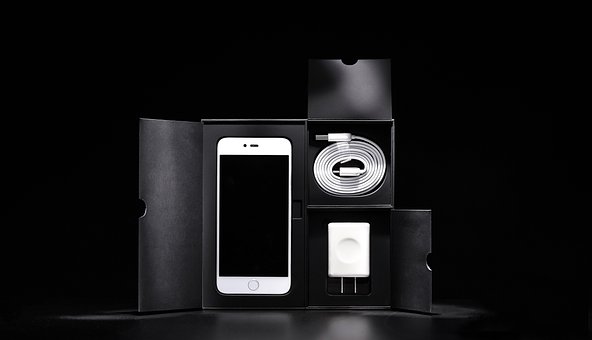Today we are looking at HDMI what it stands for what it does and white seemingly taking over the AV industry.
Hi, I'm Abhishek from Techy Hydra and today we're simply asking what is HDMI a nice simple question.
HDMI
 |
Let's see if we can make the answer nice and simple -
First off what does HDMI stands for High-Definition Multimedia Interface and HDMI is probably the most frequently used HD signal interface for transmitting both high-definition video and audio over a single cable.
HDMI is used both in the commercial AV sector and is certainly the cable of choice for the home entertainment market as we all try to connect more and more devices such as digital TV DVD blu-ray Xbox Playstation Apple TV and more into our television so we're seeing more and more home AV devices being connected using this simple effective HDMI cable.
But now we're also seeing HDMI featuring on laptop and PCs for instance and therefore also becoming a standard for the corporate and commercial markets for education presentation digital signage and retail display how does it fit into our AV system. We're simply using an HDMI cable to connect the output from our HD source the blu-ray player and the Skybox etc to the input of our HD displays whether that be your TV commercial screen or projector all the way up to a multi-screen video keeping the technical sight nice and simple.
HDMI is a digital interface single-cable solution for combined HD video and audio replacing analog solutions which require separate video and audio cables such as VGA audio jack now we're all used to seeing the standard 14 mil version of HDMI with a type-a plug or male connector on the cable and type B or female socket on our connecting device but there are also many micro versions of HTML.
There on the market to smaller and smaller devices such as our smartphones and tablets increasingly become our personal HD AV sources distance wise there are limitations to HDMI transmission and we would recommend when using a category 1 standard HDMI cable that the lengths are limited to probably no more than 10 meters it is high-grade.
 |
Category 2 HDMI cable is available using which we can successfully achieve cable lengths of up to 15 meters after that there are a number of options to increase the distance of your HDMI signal using HDMI switches and repeaters or using the latest HDMI over CAD cable or HD based II technology both of which can extend your signal to an incredible 100 meters over standard cat 5e 6 or 7 Ethernet cable.
These systems require specific transmitter-receiver devices all of which we look into in great detail in other videos on the how-to AV video Channel so that's HDMI HDMI cable certainly one-off if not the interface of choice for combined HD video and audio connectivity click on the screen now for even more HDMI know-how and remember if it's AV and it's worth knowing you'll find the answer at how to AV TV thanks for watching and see you again soon.
Types of HDMI
Today's question comes to us from Karen she asked which type of HDMI connector do I need for my laptop to answer Karen's question based on her picture the laptop has a micro HDMI port meaning she will need a micro HDMI cable so which HDMI cable is right for you so let's get you some of the measurements.
So you can use to help determine the correct cable that you'll need there are three types of HDMI cables the standard or type-a HDMI cable the mini HDMI cable or type C and a micro HDMI cable also known as type D.
A standard HDMI connector supports bandwidth to support all SDTV EDTV and HDTV modes it is about 0.55 inches wide the connector dimensions are thirteen point nine millimeters by four-point four-five millimeters this cable is most commonly used for HD TVs and displays a quick side note when looking for a standard size HDMI be sure you're not confusing it with a DisplayPort.
A DisplayPort connector is very similar in size to an HDMI connector but the shape is different HDMI connector has a dog ear shape on both ends whereas on a display port as a flat side in an angle on the other end mini HDMI is intended for portable devices and is smaller than the standard HDMI the connector is about 0.41 inches wide the connector dimensions are ten point four two millimeters by two-point forty millimeters most commonly used for laptops in tablets and the smallest is micro HDMI it measures about 0.23 inches.
This connector is about 5.9 millimeters by 2.5 millimeters most commonly used for tablets smartphones and cameras if you were to line them all up you would see that the shapes of the connectors are very similar but the widths of each are very different and if you're still unsure about which cable you need for your device.
Well just give us a call or email us here at cable wholesale we'll be happy to determine the right cable for you thanks for joining me today in our Q&A series we'll see you in our next post.



